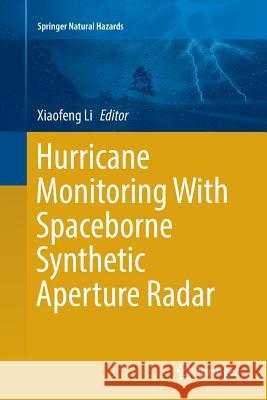Hurricane Monitoring with Spaceborne Synthetic Aperture Radar » książka
topmenu
Hurricane Monitoring with Spaceborne Synthetic Aperture Radar
ISBN-13: 9789811097331 / Angielski / Miękka / 2018 / 398 str.
Kategorie BISAC:
Wydawca:
Springer
Seria wydawnicza:
Język:
Angielski
ISBN-13:
9789811097331
Rok wydania:
2018
Wydanie:
Softcover Repri
Ilość stron:
398
Waga:
0.61 kg
Wymiary:
23.5 x 15.72 x 2.18
Oprawa:
Miękka
Wolumenów:
01
Dodatkowe informacje:
Wydanie ilustrowane











